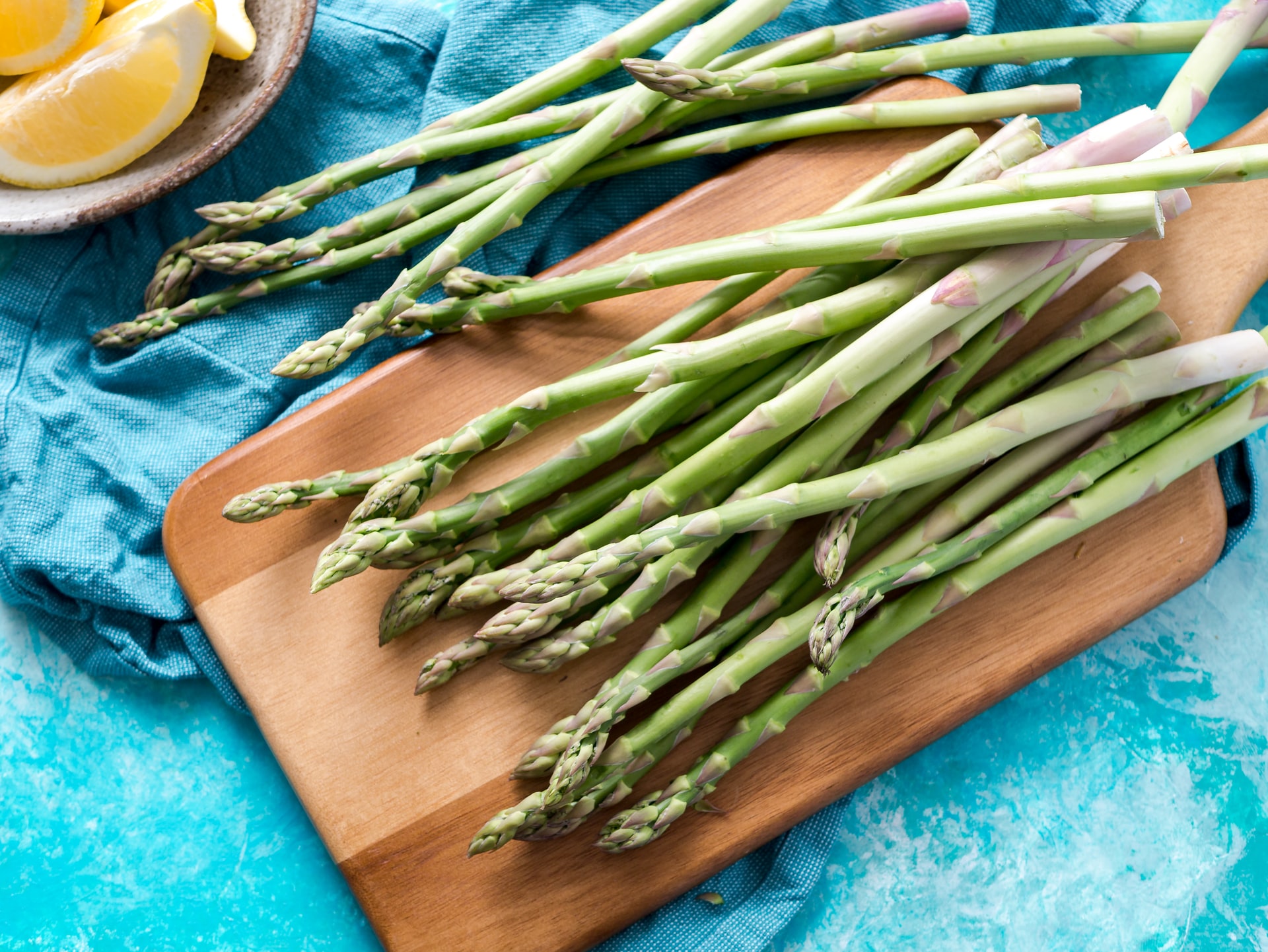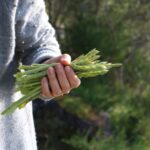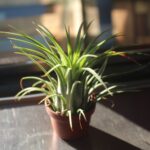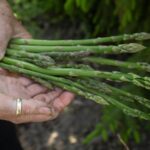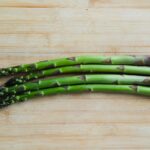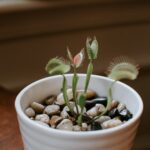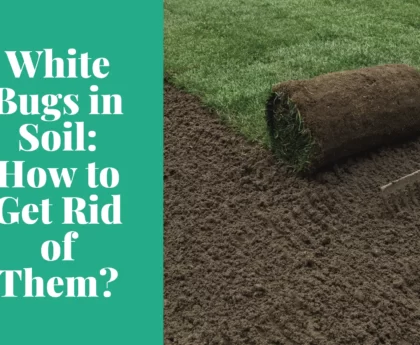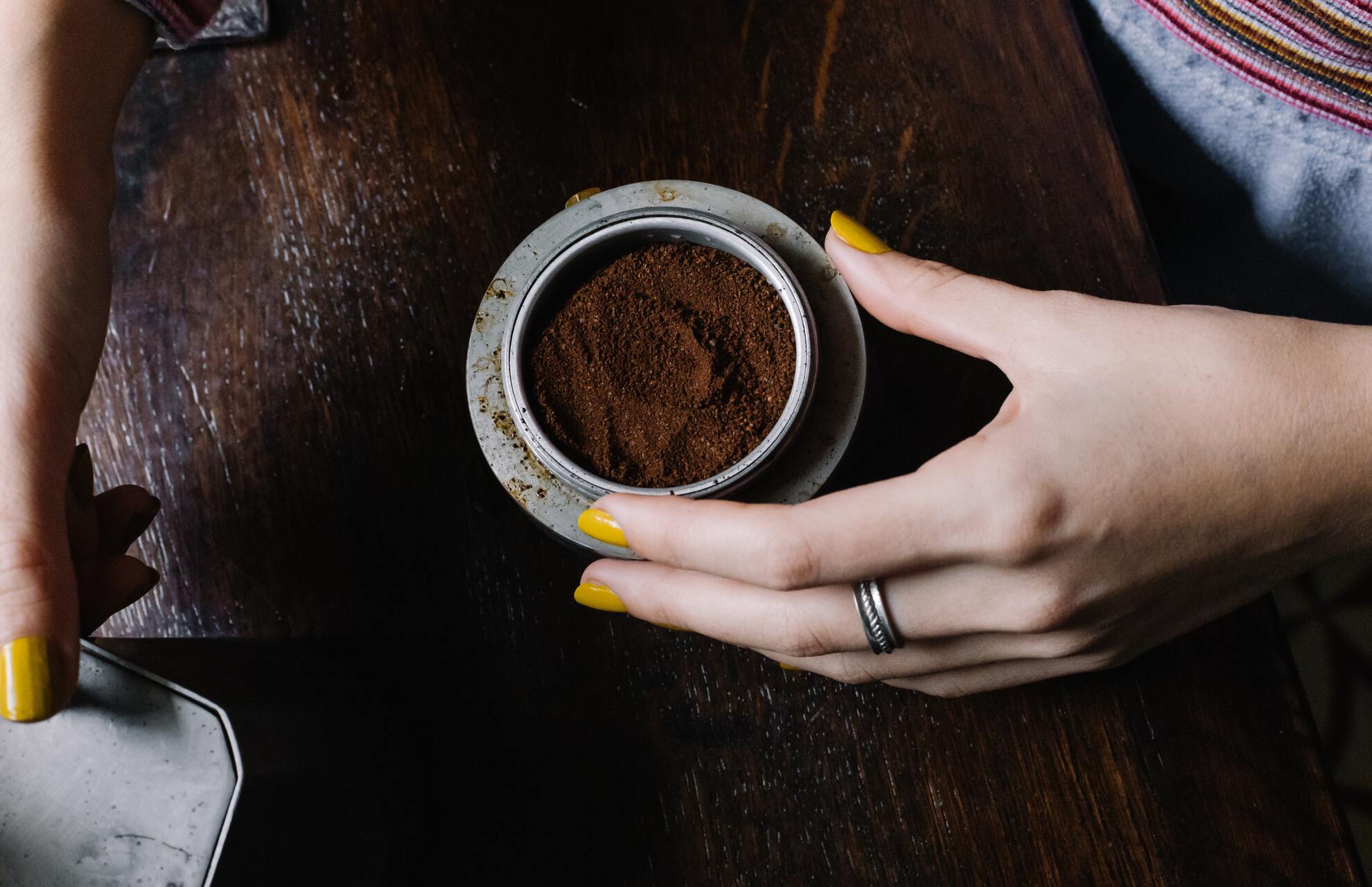Harvesting asparagus differs slightly from harvesting other types of crops. Asparagus, unlike many other vegetables, does not have a distinct “ripe” stage; rather, it is harvested based on vegetable size and time. As a perennial plant that survives all year, asparagus takes time and attention to stay healthy and prolific. The best approach to pick asparagus varies according to the maturity of the plants.
How to Harvest Asparagus
Asparagus is one of the first crops to emerge from the garden in the spring. Knowing when to select asparagus helps ensure that you get the maximum flavor out of your crop. After planting one-year-old crowns, spears of plants will be available for harvesting in the third year of development. Plants should only be picked during the first month of maximum productivity during this first harvest year (year three). Removing the spears for more than a month during this critical growth year can weaken and potentially kill the plant. Harvesting asparagus should begin when the stems are 5 to 8 inches (13-20 cm) long and as wide as your finger. Of course, the breadth will differ between male and female plants.
When to choose asparagus depends on its length, but you want to obtain it early enough in the season so it is delicate. Cut or break the spears at the place where they connect to the fibrous roots. Excessive disruption of the region might cause spears that have not yet broken ground to be damaged. Once you’ve learned how to select asparagus, you’ll look forward to spring asparagus picking in the future. The yearly production of an asparagus bed that has been properly prepared and harvested will rise for many years, often for up to 15 years and maybe up to 30 years, as the vegetable becomes more plentiful.
When to Harvest Asparagus
The first thing to know about choosing asparagus is when you may begin harvesting from your asparagus bed—in this case, how old the bed is and how long it has been in the ground. You do not need to be concerned if you have taken over an established bed that has been growing for a number of years, but this is crucial knowledge if your bed is fresh (planted within the previous two or three years).
The following criteria will assist you in determining when to begin harvesting your asparagus based on the age of your bed.
It is useful to know if the bed was started from seed or crowns, and whether the crowns were one or two (or more) years old when planted.
If you’re unclear or don’t have that information, err on the side of caution and stick to the two-year-old bed standards.
- There was no harvest in the year of sowing. This year, your asparagus plants require no trimming to start and flourish.
- Bed grown from seed: Do not harvest until the bed has been in place for at least three years.
- Bed began with one-year-old crowns: Wait until the bed is in its third year (two years after planting) before harvesting.
- Bed began with two-year-old crowns: Light harvesting may commence in the second year (the year following planting) IF plants are well-established and are sending up numerous large shoots.
- No spears should be harvested from any bed until they are at least 3/8 inch in diameter.
- If in doubt, wait another year.

Asparagus Planting Tips
Because asparagus plants are strong feeders, be prepared to modify your soil and fertilize on a regular basis. Because the edible component of the plant is the stem (spears) rather than the leaves, phosphorus is the principal nutrient required by the plants rather than nitrogen.
- Trench: For your asparagus, dig trenches that are eight to ten inches deep and four feet apart.
- Fertilizer: Spread a phosphorus-rich fertilizer in the trench’s bottom and mix it in. The best fertilizer is 0-20-0. (the numbers represent the percentage of nitrogen N, phosphorus P, and potassium K, respectively, in the fertilizer). A layer of bone meal placed into the trench’s bottom is an organic fertilizer alternative.
- Plant the crowns: In the trench, place the bought asparagus crowns flat. They should be 12 to 18 inches apart. Cover with roughly two inches of dirt and softly water the area.
- Backfill the trench with more dirt: When two inches of new growth develops, backfill the trench with extra soil. Repeat when new growth grows until the trench is completely filled up.
- Keep the space weed-free and treat it with a balanced fertilizer once a year in the spring. You can also maintain the soil healthy and help feed the asparagus plants by top dressing the soil with compost on an annual basis. This should be done in the early spring before the spears develop, or in the fall after the fronds have died back and been cut to the ground.
- First light harvest: Make your first light harvest in the third year. You can harvest more heavily in later years as the plants become more vigorous. If you see a reduction in vigor after a few years, divide and transplant your asparagus.

